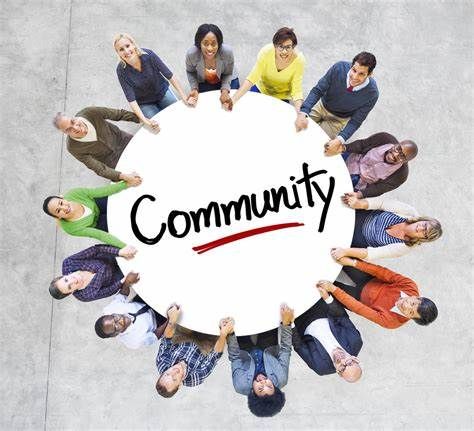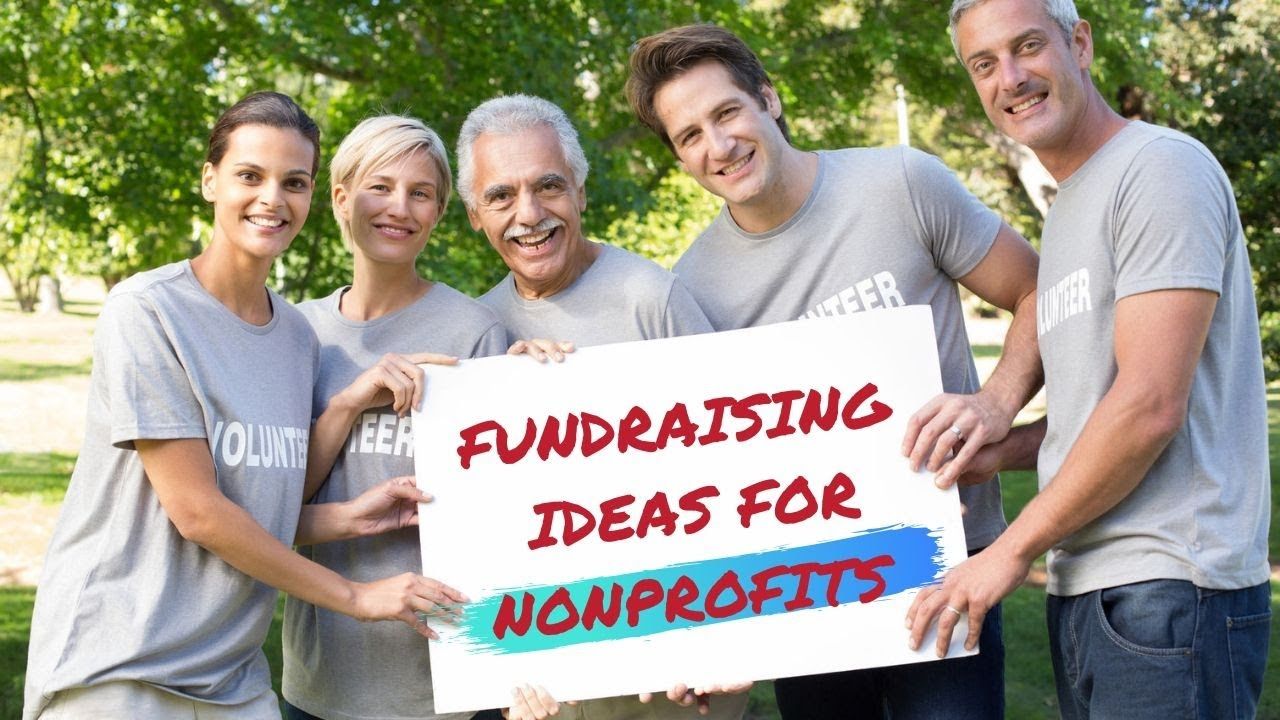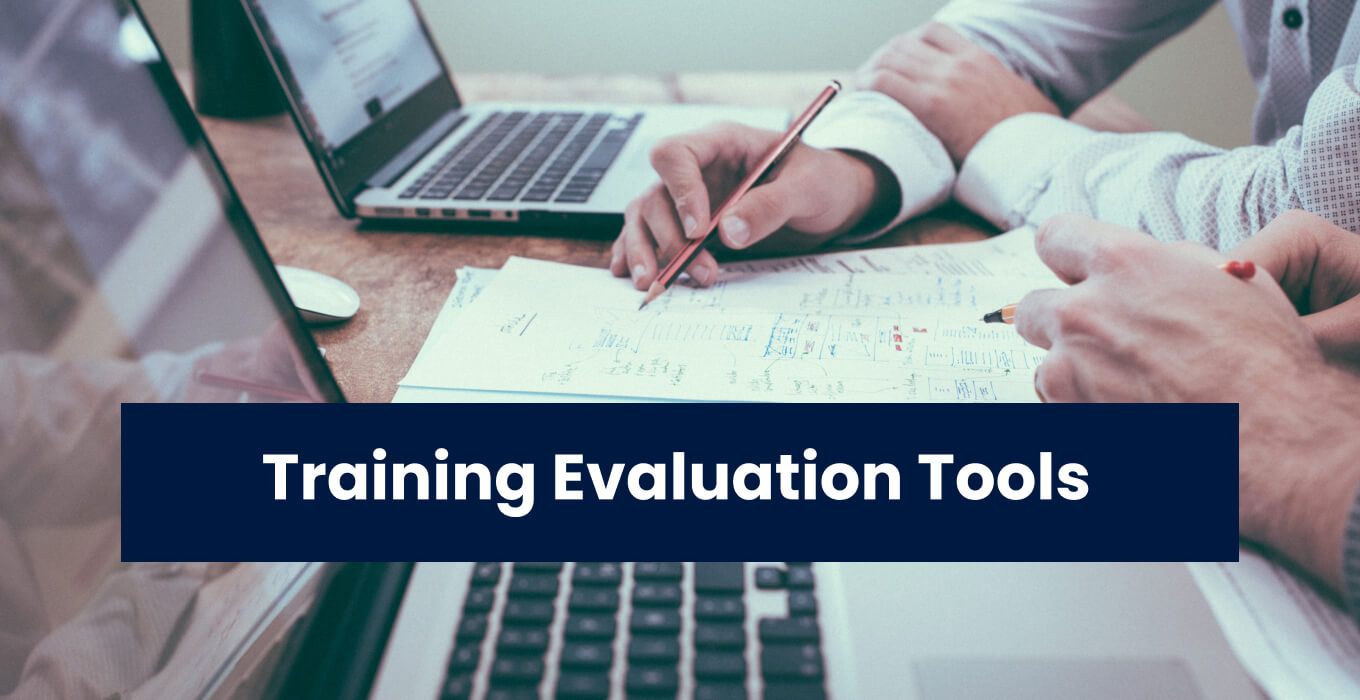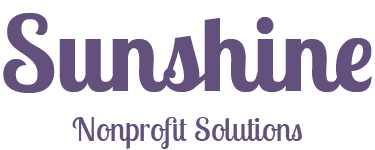Inclusive Board of Directors
A diverse representation on a nonprofit's board of directors is crucial for fostering an inclusive and innovative organizational culture. By bringing together individuals with varied backgrounds, experiences, and perspectives, the board can better understand and address the needs of the communities they serve. Diversity in gender, race, ethnicity, age, and expertise enriches discussions and decision-making processes, leading to more creative solutions and effective strategies. It also demonstrates a commitment to equity and inclusiveness, which can enhance the nonprofit's credibility and trustworthiness among stakeholders, donors, and beneficiaries. Ultimately, a diverse board is essential for driving sustainable growth and achieving the nonprofit's mission in a holistic and impactful manner.
Community Advocate
Board members play a crucial role in representing nonprofits to the community and should embody the mission and values of the organization in every interaction. Board members serve as ambassadors, forging relationships with local leaders, businesses, and residents to raise awareness and support for our cause. Their diverse expertise and unwavering commitment help drive our initiatives forward, ensuring a meaningful impact. Board training should focus on how to actively engage with the community, how to amplify the voice and vision of the nonprofit, how to mobilize resources, and how to cultivate a network of advocates dedicated to making a difference.
It’s a board member’s role to represent the nonprofit organization and build a positive reputation. Training should cover how to do this well, providing examples and use cases so team members know what to expect. Additionally, the training program should include an orientation to the board’s history, mission, vision, and values.









